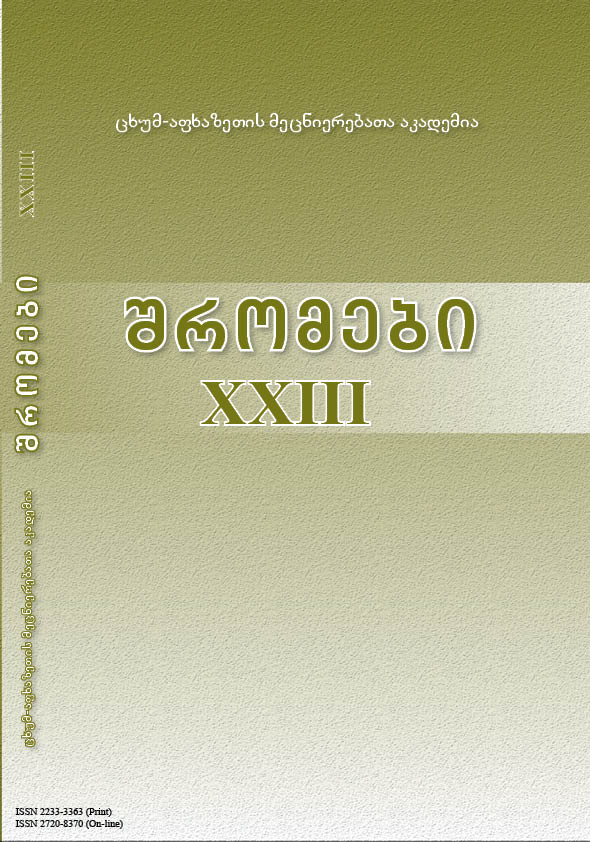On the Accounting Systems (According to Monuments of the Ancient Near East)
Main Article Content
Abstract
The analysis of archaeological material made it possible to answer the following questions: when, where, why, and how accounting systems, mathematics, the art of writing, and script originated and developed producing the social-economic revolution.
The work describes the accounting systems used in Near East since the Neolith Age. The accounting was kept with the help of clay tokens, denoting numbers, and various goods. Sometimes the clay tokens were attached to clay bullae hung on wool ropes or were put into spherical bulla-envelopes and then sealed. They were stamped on the outer surface of the clay bullae and denoted the number of tokens in the bullae.
The process of stamping with the tokens on the outer surface of the clay bullae resulted in the appearance of pictographic, linear and cuneiform scripts in 3500-2800 BC. These scripts are found on numerous clay tablets, the deciphering of which proves that writing is an immediate result of counting goods and was used for economic and administrative registration.
